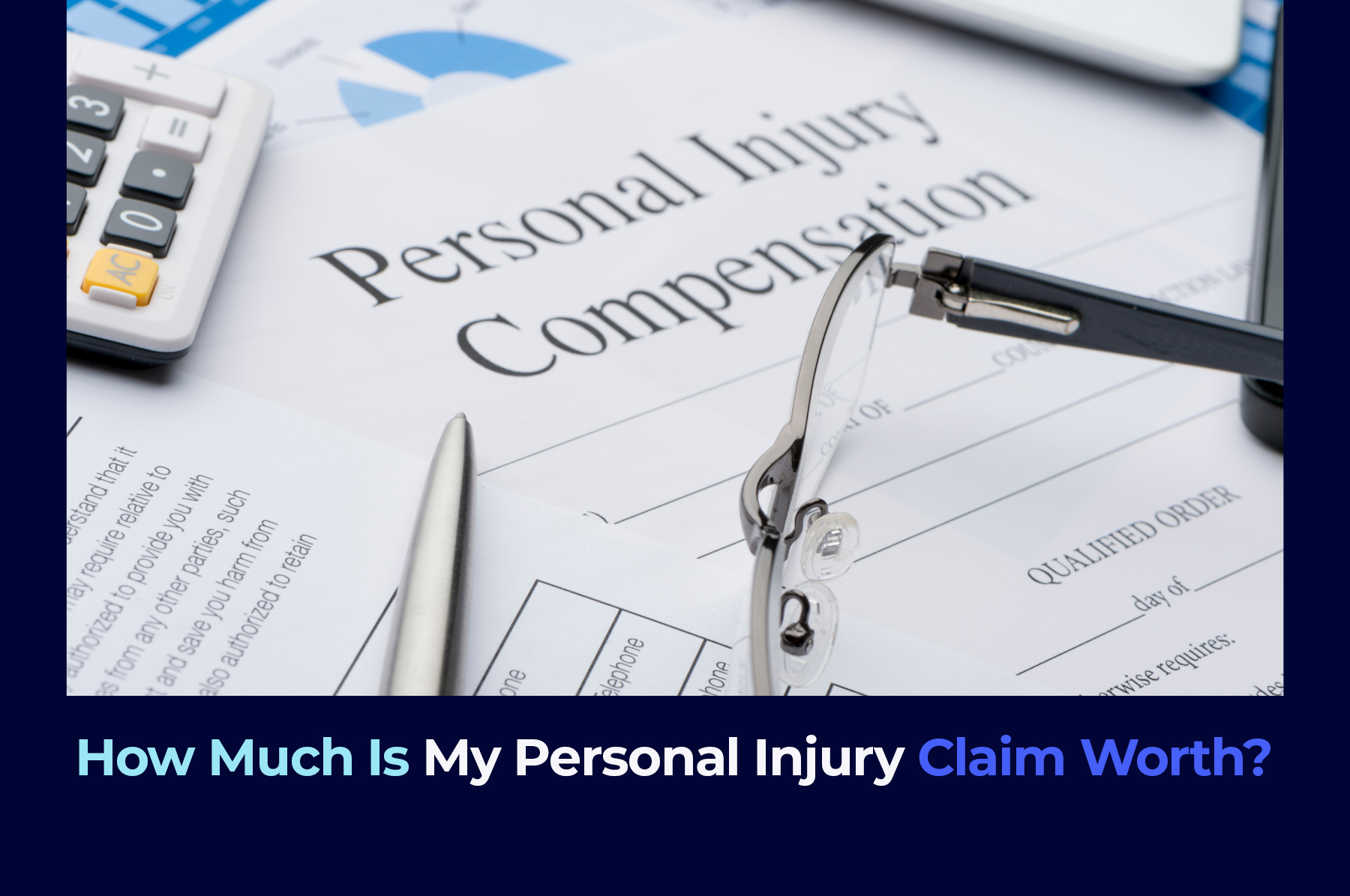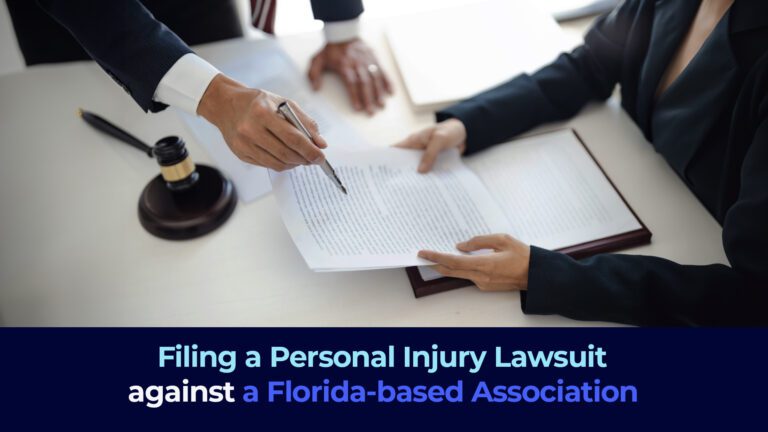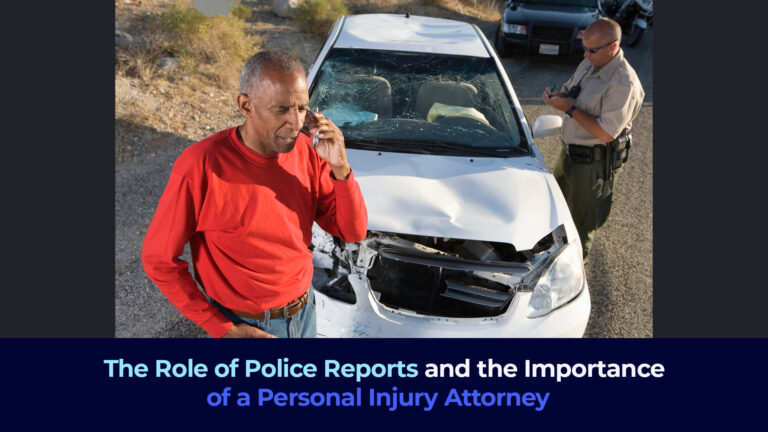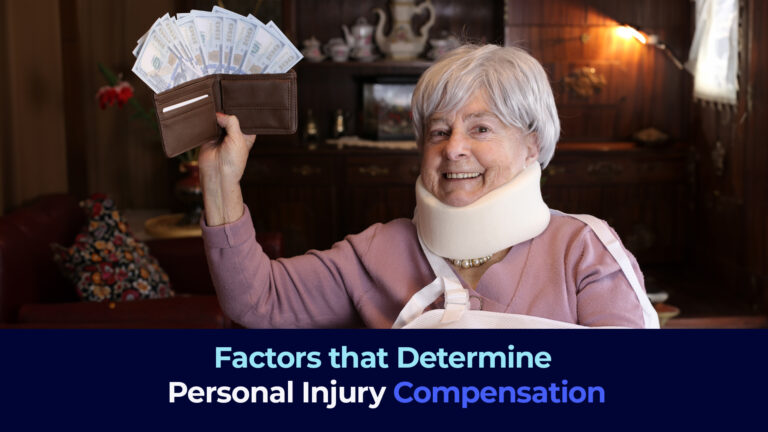How Much Is My Personal Injury Claim Worth?
Your personal injury claim is worth a lot more than the figure on your medical bill. Pain and suffering, the skill set of your legal counsel and the choices you make could lead to payouts several times larger than your healthcare costs. Let’s explore seven factors that affect the size of your compensation.
How much money you receive from the at-fault party for your personal injury claim depends on a number of factors. Unlike the accident itself, where you certainly did not choose to be injured, the size of your compensation payout depends in large part on how you choose to pursue you claim.
That’s correct: if you have a legitimate claim, you can make important choices that can yield a much bigger settlement or court-awarded payout. The first and most important factor is whether or not you choose to make a claim. No claim means no payout. Unfortunately, many people are unaware of their rights to demand compensation when they have been left injured after an accident. Often, this is due to myths about claims’ deadlines, lack of knowledge about their rights and an understandable fear of legal costs. It’s important to know that if you are injured in an accident, you have a right to file an injury claim against those whose negligence caused the accident. So don’t let this be what holds back your compensation. If you or a loved one are suffering from injuries, call South Florida Law today for a free consultation.
The second factor in determining the size of injury compensation is whether those who claimed for damages were represented by a law firm. The independent legal research firm Martindale conducted market research into hundreds of personal injury cases and measured the results. When research participants were asked, “In filing your claim, did you use a lawyer?” those who answered “yes” to this question, statistically, received payouts that were 452% percent more than those who answered “no”.
Based on the figures in the study, this translates to payouts that were $60,000 larger in attorney-backed cases. Those with attorney’s fighting in their corner receiving an average of $77,600 versus only $17,500 for injured people who attempted to “go it alone”.
While correlation is not causation (those with severe injuries are more likely to seek legal help than those with cuts and scratches), the evidence points to a vast advantage to those who choose to hire a personal injury lawyer. In the same study, there were other benefits to retaining a competent personal injury attorney. Claimants with lawyers were also 91% likely to receive a payment with a lawyer fighting your case. Compare this to only a 9% likelihood of receiving any payout at all among the group that represented themselves in their personal injury case. With these statistics in mind, perhaps President Lincoln had personal injury and accident law in mind when he said,
“A man who represents himself has a fool for a client.”
Of course, many people may find it difficult to imagine themselves retaining a lawyer. The chief concern for many people is cost. To make this choice easier, South Florida Law, PLLC does not discriminate against personal injury clients who cannot afford to pay for a lawyer. You pay us only if you win your case. Our fee is taken out of the payout, so if you don’t receive a settlement, you won’t owe us a penny.
The third factor that affects payout size are the injuries that victims sustained in the accident. Whether the accident involved an automobile, a slip-and-fall or an assault, the damages sued for are directly related to the extent of the pain, cost of medical care and impact on the victim’s life. Medical costs along with the other factors (dubbed “pain and suffering” in legal parlance) can add up to far more than just reimbursing the claimant for their hospital bill. While claimants with hospital bills less than $5,000 tend to get payouts roughly equal to their medical bills, those with more than $10,000 regularly receive compensation of more than five times their healthcare costs.
“Pain and suffering” payments tend to increase with increased medical bills – which is understandable. For example, if you are in an accident and require an ambulance, an overnight hospital stay and a blood transfusion, then the cost of your treatment isn’t the only financial impact on your life. When you are released as an out-patient, the pain and suffering component will mean compensation for lost productivity.
What might not be so obvious is the fourth factor in determining compensation: the value of the claimant’s work or study program. Injuries that stop people from working in highly-paid jobs or from attending a university for an advanced degree may warrant compensation for the lost opportunity.
A fifth and very important factor in compensation size are insurance limits. Insurance companies fuel the personal injury claims industry in the sense that most cases involve negligent businesses or drivers who are covered by some form of third-party insurance. While there are definitely exceptions, many at-fault parties are not wealthy enough to cover the liability caused by their negligence. In this case, insurance limits will cover only a portion of an otherwise more costly set of injuries. In other words, insurance companies cannot pay claims for more than the agreed maximum limit of the policy.
The sixth factor is whether a claimant and their lawyer accept the first offer presented by the at-fault party. In many personal injury cases, the first offer should be rejected. This almost always occurs outside of a court setting when the insurance company attempts to settle the case with an amount far less than the claimant justly deserves. When this happens to our clients, South Florida Law says “no”. By rejecting an unfair offer, we force the other party to negotiate for a fair and just compensation. Statistically, when claimants insist on higher settlements, they get them. According to the Martindale study, not accepting a first settlement brings an eventual agreement of $44,000, on average. In contrast, those who accept their first offer are likely to receive settlements of around $11,000.
Insurance companies are notorious for acting in bad faith by stalling for time, refusing to pay at all and then finally offering to pay only a portion of the damage caused by their negligent client. Should a case go to court, the bad faith actions of the insurance companies could result in a harsh decision against them. Judges do not like those who act in bad faith. Because of this, insurance companies often avoid court at all costs. Thus the seventh factor in the size of a payout: whether the claimant or their lawyer threatens to involve a court of law. In the Martidale study, those parties that threatened court action, at the right time in the negotiation process, resulted in payouts twice the size of those who did not. Are you representing yourself in a personal injury case? If so, beware. An experienced personal injury lawyer knows when to bring up court action and when not to mention the court. Before attempting to apply any legal tactics, contact us here at South Florida Law for a free consultation. If you have a case, our services are free until we secure a payout either as a settlement or a court decision.
Personal injury law is complex. Cases involve experienced insurance companies and their well-funded legal teams. While their strategies are predictable, knowing how to counter Big Insurance requires the tactical advantage of having an expert personal injury lawyer fighting in your corner. Do not “go it alone”. The benefits of choosing a lawyer are proven: you are more likely to receive a payout, your payout will most likely be larger and you can avoid the traps often set by bad faith insurance companies. Were you or a loved one in an accident? Call South Florida Law today (954) 900-8885 or reach out via our contact form.
| “South Florida Law, PLLC does not discriminate against personal injury clients who cannot afford to pay for a lawyer. …if you don’t receive a settlement, you won’t owe us a penny.” |







